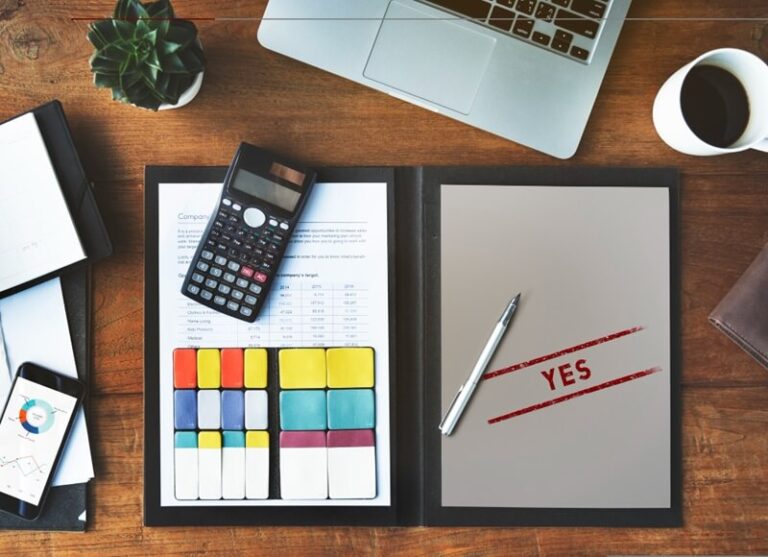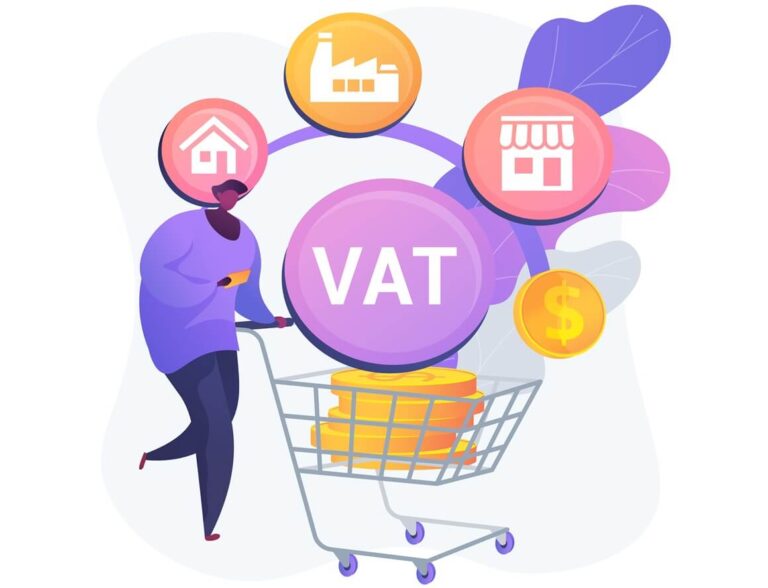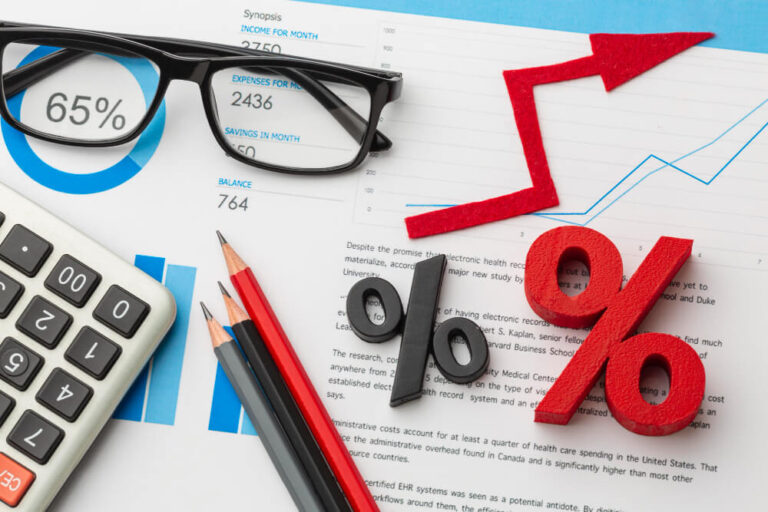How VAT Works: A Beginner’s Guide to Value Added Tax
Value Added Tax (VAT) is a tax on the sale of goods and services charged at multiple stages of production and distribution. It can seem complex at first, but this guide explains the VAT basics, how it’s calculated, and who must pay it in clear and simple terms. Ideal for VAT beginners!
What is VAT (Value Added Tax)?
VAT is a consumption tax added to the price of most goods and services sold in the UK. It was introduced in 1973 as a condition of the UK joining the European Economic Community (EEC) and is administered by HM Revenue and Customs (HMRC).
Unlike sales tax in some countries, VAT is charged at each stage of the supply chain rather than just on the final sale. However, businesses can claim back VAT they pay on business expenses. Ultimately VAT is borne by the end consumer of the good or service.
How Does VAT Work?
VAT works by businesses adding VAT to the price of their goods or services and charging it to their customers. This is output VAT.
Businesses also pay VAT on goods and services they purchase from their suppliers. This is input VAT.
To calculate what they owe, businesses subtract the input VAT they’ve paid from the output VAT they’ve collected. The difference is paid to HMRC.
The VAT paid by the customer is collected by the business on behalf of the government. The business does not benefit from the VAT they collect.
VAT Rates
There are three VAT rates in the UK:
- Standard Rate – 20% VAT applying to most goods and services
- Reduced Rate – 5% VAT applying to essentials like children’s car seats
- Zero Rate – 0% VAT applying to basics like most food, books, etc.
Some services like insurance are exempt from VAT. The current rates can be found on the HMRC website.
VAT Thresholds
There are VAT registration thresholds determining who must charge and account for VAT.
The current VAT registration threshold is taxable turnover of £85,000. Businesses must register for VAT once they exceed this threshold.
There is also a deregistration threshold of £83,000. If turnover falls below this, businesses can deregister for VAT.
Businesses can also voluntarily register for VAT if below the registration threshold.
Who Has to Pay VAT?
Any UK business with taxable turnover above the VAT registration threshold must register for VAT and charge it on sales of standard or reduced-rated goods and services.
Once registered, VAT must be accounted for in VAT Returns submitted periodically to HMRC. Businesses also must keep thorough VAT records.
Overseas businesses selling digital services to UK consumers must also register and charge VAT at the appropriate rate.
Consumers ultimately bear the cost of VAT. The tax is included in the final price paid on most purchases of goods and services.
VAT-Exempt Goods and Services
Some goods and services are exempt from VAT in the UK, including:
- Health and medical services
- Education
- Insurance
- Financial services
- Postal services
- Betting and gambling
Businesses selling only exempt supplies do not have to register for VAT and do not charge it to customers.
How Is VAT Calculated?
VAT is calculated as a percentage of the sale price of taxable goods or services.
To manually calculate VAT, you multiply the net price by the appropriate VAT rate expressed as a decimal. For example, to add 20% VAT:
Net Price x 0.20 = VAT amount
Net Price + VAT amount = Total gross price (including VAT)
Many businesses use VAT accounting software or online VAT calculators to automatically calculate VAT percentages.
Tips for Understanding VAT
Here are some tips to help grasp the basics of how VAT works:
- VAT is ultimately paid by the end consumer of goods/services
- Businesses act as VAT collectors on behalf of HMRC
- Input VAT can be reclaimed by businesses; output VAT must be paid
- There are registration thresholds determining who must charge VAT
- Certain goods and services are VAT exempt
Learning the fundamentals of VAT is vital for both business owners and consumers. This beginner’s introduction covers the essentials of how VAT operates in the UK.







